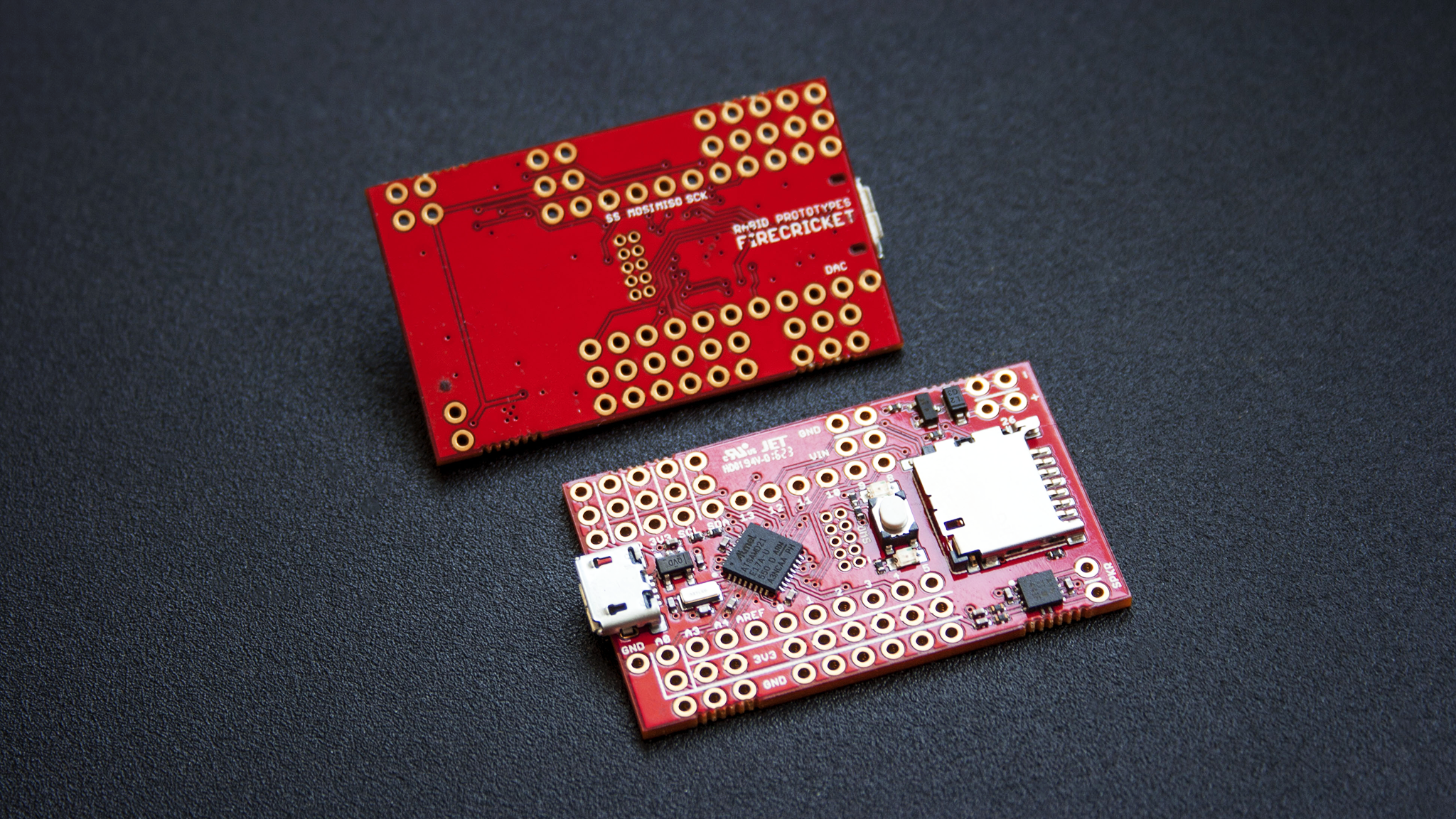Arduino was originally designed by Massimo Banzi and David Cuartielles in 2005 with the goal of making electronics accessible to all through an open-source hardware platform. Since its inception, Arduino has become one of the most popular microcontroller platforms due to its simplicity, low cost and availability of open-source code and projects. Arduino boards use a simple input/output pins and coding environment that makes it easy for people with no background in electronics to create interactive projects. This simplicity and accessibility spawned an entire open-source hardware revolution and led to the creation of many Arduino compatible boards.
The Growing Ecosystem of Arduino Compatibles
Due to Arduino's popularity and open design philosophy, many manufacturers started creating board designs that were compatible with the Arduino ecosystem. These boards aimed to either provide more functionality than the original Arduino designs or reduce costs further. Some notable Arduino compatible boards that emerged include:
- NodeMCU: A low-cost WiFi-enabled development board based on ESP8266 chip. It provides WiFi connectivity and is popular for IoT projects.
- Wemos D1: Another WiFi board similar to NodeMCU but with a lithium-ion battery connector making it suitable for portable projects.
- Flora: An Arduino compatible specifically designed for wearable projects and textiles. It has a flexible PCB and connectors ideal for sewing circuits into fabrics.
- Teensy: A full-featured ARM Cortex M4 based board that is compatible with Arduino IDE while providing more processing power and peripherals than an UNO. It's common in audio applications.
- ESP32: A dual-core WiFi+Bluetooth SoC based board with more RAM and flash than ESP8266. It provides native WiFi/Bluetooth functionality at low cost.
- Arduino Pro/Pro Mini: Smaller form factor Arduino boards ideal for portable and embedded applications where space is a constraint.
- Arduino Nano: Similar to Pro Mini but with headers and more I/O pins making it easier to use for prototyping.
- Arduino Mega: Offer more I/O pins and memory than Arduino Compatible UNO, suitable for advanced projects.
This variety of Arduino compatible boards catered to different application domains and form factors, allowing makers to select the best development board depending on their specific project requirements.
The Impact of Arduino Compatibles on Open Source Hardware
The emergence of diverse Arduino compatible boards fueled greater participation and contribution to the open source hardware ecosystem. Having alternatives empowered more makers by removing any dependency on original Arduino designs and provided affordable options. This led to:
- Proliferation of open source projects - More accessible boards translated to creation of countless DIY projects shared online through code libraries and tutorials.
- Growth of hardware startups - Ambitious makers leveraged Arduino programming skills and capabilities of diverse boards to launch open hardware startups and products.
- Democratization of hardware innovation - Barrier to building electronics prototypes came down, empowering everyone including students, designers and small businesses to experiment and innovate.
- Maturation of IoT platforms - Arduino compatibles like ESP8266/ESP32 helped transform IoT from toys to mainstream with affordable, small form factor WiFi/Bluetooth boards.
- Expansion to global markets - Due to lower costs, Arduino ecosystem expanded its userbase beyondtechnologically advanced countries to new geographies and socioeconomic demographics.
Thus Arduino compatible boards played a catalytic role in facilitating extensive open source hardware innovation worldwide over the past decade. Choice, affordability and available expertise ensured anyone with a great idea could build prototypes easily and share their work freely online.
Standardization Efforts Around Arduino Compatibles
While the Arduino ecosystem thrived due to existence of options, lack of standardization across diverse brands resulted in certain compatibility issues. To address this, organizations have spearheaded initiatives:
- Arduino Certified Program - Voluntary program that verifies compatibility of boards with Arduino Software (IDE), shields and code libraries. It provides consistency for developers.
- Arduino Development Environment(ADE) - Open-source unified development environment for all Arduino certified boards to deliver plug-and-play experience irrespective of hardware.
- Pinout Unification - Effort by Arduino to standardize pin layouts of various form factors like Pro Mini to simplify transitioning between boards.
- Arduino CLI - Open-source command line tool that works consistently across all boards removing dependence on Arduino IDE for some users.
- Board Management Library - Standardizes way boards are added/removed in Arduino IDE for managing portfolio of compatible boards seamlessly.
These standardization moves aim to consolidate the ecosystem by providing discoverability and uniformity in development workflows. It welcomes more compatible boards while maintaining compatibility assurances for Arduino developers community.
Arduino compatible boards played a pivotal role in scaling open source hardware innovation globally over the past decade. By expanding the choice available and catering to diverse requirements, these boards helped many creative individuals realize their hardware ideas affordably. Standardization initiatives now ensure this thriving ecosystem progresses in an interoperable manner. Going forward, continued proliferation of Arduino compatible solutions can make distributed manufacturing and circular economy models more accessible worldwide.
Get more insights on This Topic- Arduino Compatible



